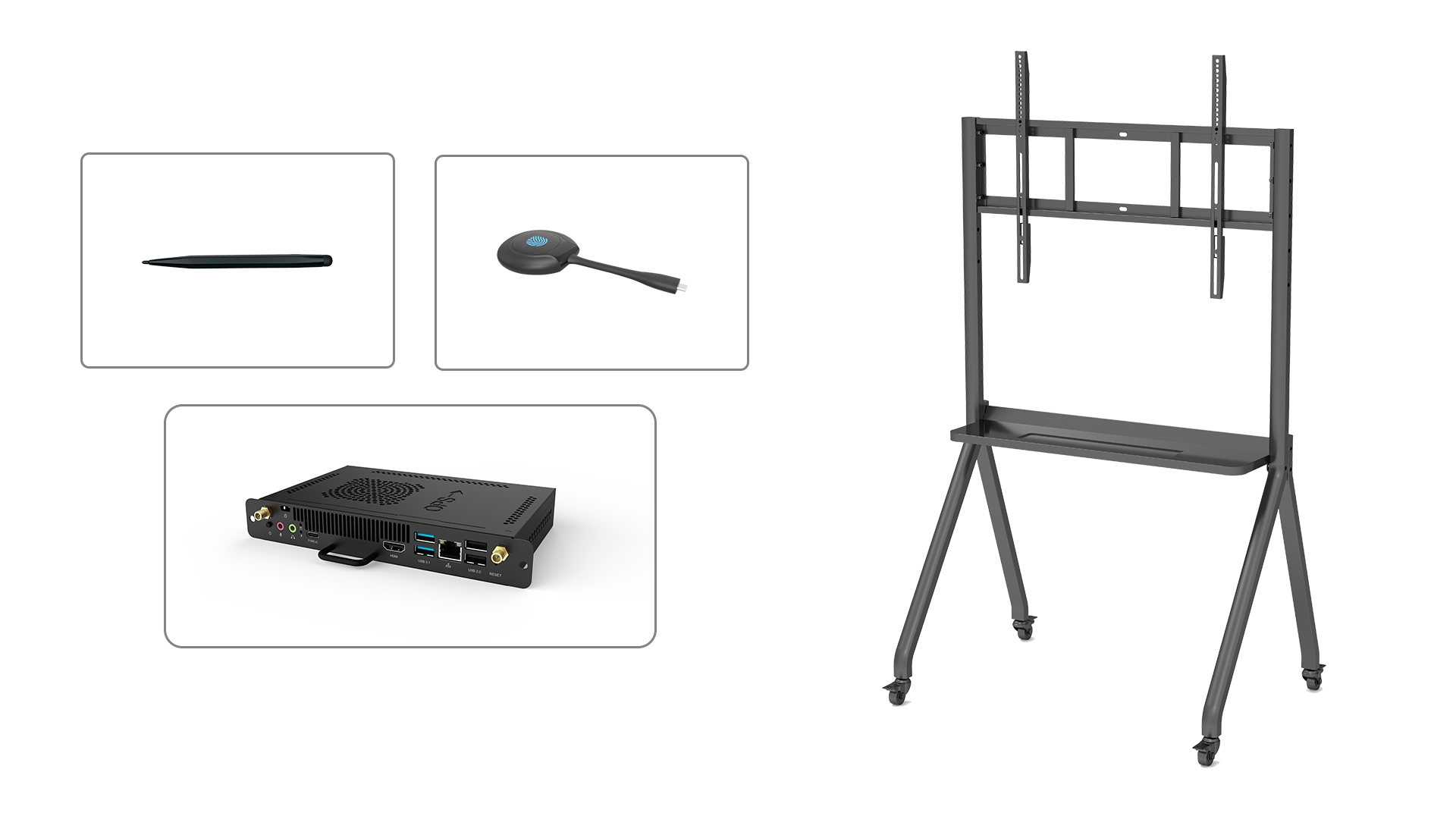Introduction
The teaching smart board is a groundbreaking technology that has transformed the way educators teach and students learn. It is an interactive whiteboard equipped with advanced features and applications to enhance classroom engagement and improve learning outcomes. In this article, we will explore the benefits of teaching smart boards and how they are revolutionizing education.
Enhanced Interactivity and Engagement
Teaching smart boards offer an unparalleled level of interactivity in the classroom. With touch-screen capabilities, teachers can easily navigate through content, write notes, and draw diagrams. Students can actively participate by touching the board, dragging objects, and interacting with educational applications. This hands-on approach fosters engagement, encourages collaboration, and ignites the students' excitement for learning.
Multi-Media Integration
One of the major advantages of teaching smart boards is their ability to integrate various multimedia resources. Teachers can incorporate images, videos, and audio files directly into their lessons, making the content more dynamic and visually appealing. This multimedia integration caters to different learning styles, helping students grasp complex concepts more effectively. Moreover, it enables teachers to bring real-world examples into the classroom, making the learning experience more relatable and engaging.
Interactive Learning Applications
Teaching smart boards come with a vast array of interactive learning applications. These applications cover a wide range of subjects and can be tailored to different grade levels. From virtual science experiments to language learning games, these applications provide hands-on learning experiences that enhance students' understanding and retention of the material. Additionally, teachers can easily download new applications or create their own, allowing for endless customization and adaptability.
Real-Time Assessment and Feedback
Another significant feature of teaching smart boards is the ability to instantly assess students' progress and provide real-time feedback. Teachers can use interactive quizzes, polls, and surveys to gauge students' understanding of the material. The smart board instantly collects and analyzes the data, allowing teachers to identify knowledge gaps and tailor their instruction accordingly. This immediate feedback loop helps students stay on track and promotes a more personalized learning experience.
Collaborative Learning and Remote Access
Teaching smart boards facilitate collaborative learning by enabling students to work together on projects and presentations. They can connect their devices to the smart board and share their work with the entire class, promoting teamwork and fostering a sense of community. Additionally, teaching smart boards offer remote access capabilities, allowing students to participate in virtual classrooms or access lessons from home. This flexibility ensures that education is not limited by physical boundaries and extends learning opportunities beyond the traditional classroom setting.
Conclusion
The teaching smart board is a game-changer in the field of education. Its interactive nature, multimedia integration, and vast array of applications make it a powerful tool for educators and students alike. By promoting engagement, interactivity, and collaboration, teaching smart boards are revolutionizing the way knowledge is imparted and acquired. As technology continues to advance, the teaching smart board will undoubtedly play a crucial role in shaping the future of education.






